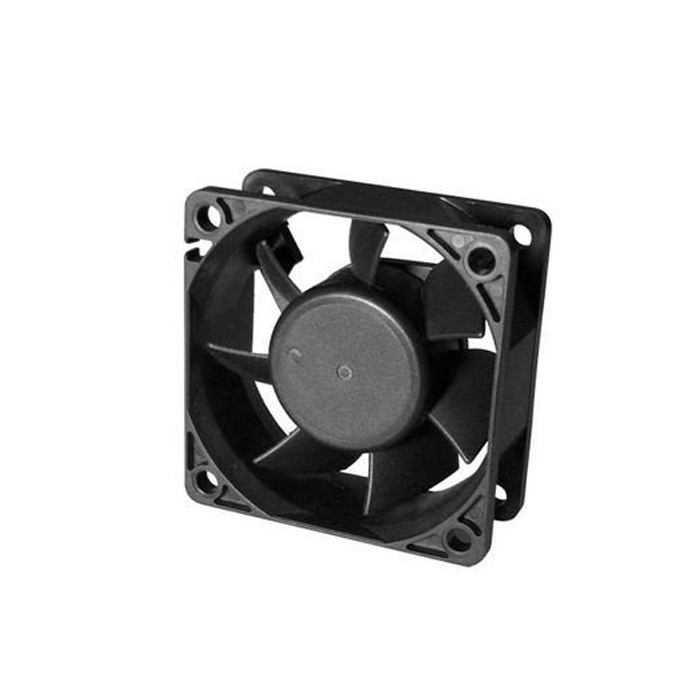Forward and reverse DC fans refer to DC fans that can be turned forward and reverse as needed. Such DC fans, powered by DC voltage and controlled electrically, can be adjusted in terms of speed and air direction according to different application requirements, such as cooling effect and noise level.
Forward and reverse DC fans generally consist of four components: rotor, stator, motor and outer frame. Of these, the stator and rotor are the core components, which convert electrical energy into mechanical energy through electromagnetic induction, thereby driving the fan to rotate.
The blade curvature and motor diameter of a forward and reverse DC fan are two key components. The greater the blade curvature, the same rotational speed, the greater the kinetic energy of the gas, but the greater the resistance and the greater the required motor torque. The motor diameter depends on the motor power. Higher power motors need to take up more space and increase the horizontal area.

Forward and reverse DC fans are mainly used in a variety of industries, such as computers, communication products, optoelectronic products, consumer electronics, automotive electronics and so on. They can be adjusted in terms of speed and air direction to achieve a variety of functions such as efficient heat dissipation, noise reduction, avoiding dust accumulation or requiring flexible layout.
The advantage of forward and reverse DC fans is that they can be rotated forward and reverse as needed to realize different application requirements. For example, in the need for efficient heat dissipation, you can choose a forward rotating fan, while in the need to reduce noise or avoid the accumulation of dust, you can choose a reverse fan.
Overall, forward and reverse DC fans are an efficient and flexible cooling solution that can be adjusted according to different application requirements to achieve the best cooling effect.